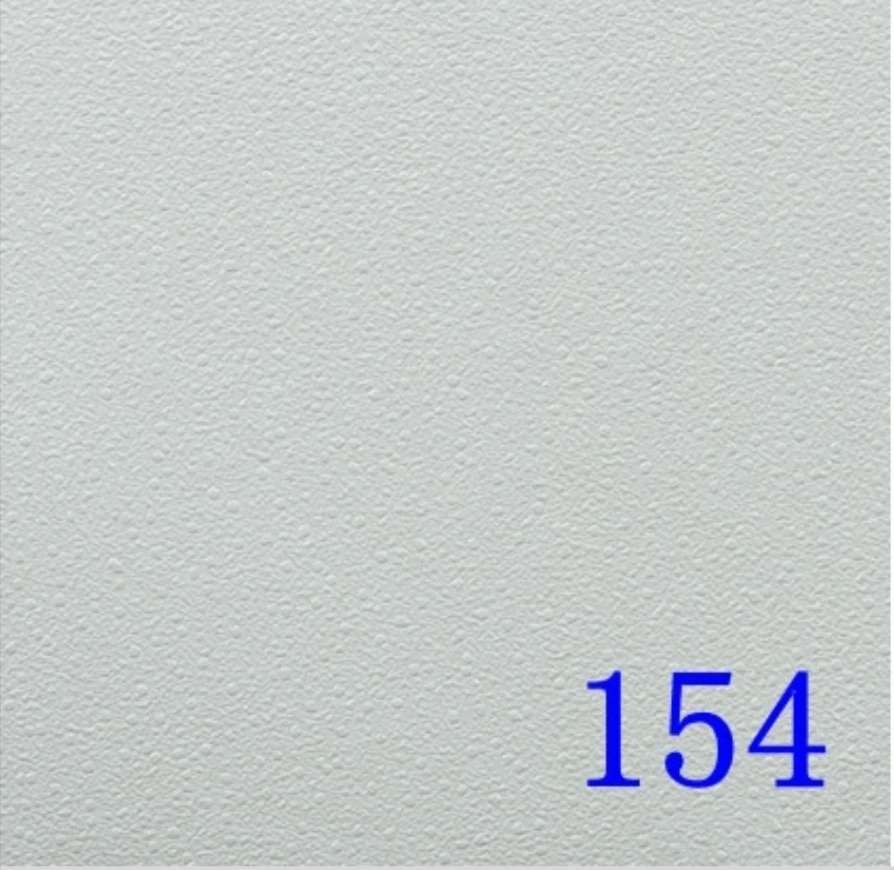- Afrikaans
- Albanian
- Amharic
- Arabic
- Armenian
- Azerbaijani
- Basque
- Belarusian
- Bengali
- Bosnian
- Bulgarian
- Catalan
- Cebuano
- Corsican
- Croatian
- Czech
- Danish
- Dutch
- English
- Esperanto
- Estonian
- French
- German
- Greek
- Hindi
- Indonesian
- irish
- Italian
- Japanese
- Korean
- Lao
- Malay
- Myanmar
- Norwegian
- Norwegian
- Polish
- Portuguese
- Romanian
- Russian
- Serbian
- Spanish
- Swedish
- Thai
- Turkish
- Ukrainian
- Uzbek
- Vietnamese
дек. . 16, 2024 11:41 Back to list
Exploring Trends and Insights in T Bar Grid Analysis
Understanding the T-Bar Grid A Comprehensive Overview
In the realm of design and architecture, the T-Bar grid system is becoming increasingly popular. This modular structure, which resembles the letter T, is essential for creating visually stunning and functionally efficient spaces. The T-Bar grid system provides a framework for the integration of various elements, such as ceilings, partitions, and light fixtures, thereby enhancing the overall aesthetic and usability of a given area.
The Anatomy of T-Bar Grids
At its core, a T-Bar grid consists of metal or lightweight materials that are meticulously arranged to create a suspended ceiling framework. The primary components include the main T-bars, which form the backbone of the grid, and the cross T-bars, which connect the main bars and create a grid-like pattern. This design not only adds to the strength and stability of the system but also allows for easy installation and maintenance.
The T-Bar grid can accommodate various ceiling tiles and panels, which can be aesthetic or functional, acting as sound insulation or improving energy efficiency. This flexibility makes the T-Bar grid an attractive option for diverse environments, from commercial spaces to residential buildings.
Benefits of Using T-Bar Grids
There are numerous advantages to implementing a T-Bar grid system in architectural design. One of the primary benefits is its versatility. The grid can be customized to fit various room sizes and shapes, making it suitable for environments ranging from expansive offices to cozy living spaces. Additionally, T-Bar grids can be easily adapted to incorporate different types of lighting fixtures, ventilation systems, and acoustic panels.
Another significant advantage is the ease of installation. The lightweight nature of the materials used in T-Bar grids allows for quick assembly, which can save both time and labor costs during construction. This ease of installation makes T-Bar grids particularly appealing for remodels and retrofits, where disruptions to existing spaces must be minimized.
Aesthetic Appeal
t bar grid

Beyond functionality, T-Bar grids also contribute to the aesthetic quality of a space. The standardized patterns created by the grid system can enhance visual interest and create a cohesive look. When incorporated with various ceiling tiles, these grids can help achieve a modern and sophisticated atmosphere. Additionally, T-Bar grids come in a variety of finishes, allowing designers to match them with existing decor and architectural elements seamlessly.
Challenges and Considerations
While T-Bar grids offer numerous benefits, there are also challenges that designers and architects must consider. One common concern is the height of the ceilings. In spaces with lower ceilings, a T-Bar grid may reduce the perceived volume of the area, potentially making it feel cramped. Therefore, careful planning is essential to ensure an optimal balance between aesthetics and functionality.
Furthermore, the long-term maintenance of T-Bar grids should not be overlooked. Over time, dust and grime can accumulate within the grid, necessitating regular cleaning to maintain both appearance and performance. It is advisable to choose materials that are resistant to staining and easy to clean.
Future Trends
As sustainability becomes a more pressing concern in architecture, the T-Bar grid system is poised to evolve. Future designs may incorporate eco-friendly materials, as well as features that promote energy efficiency, such as integrated LED lighting and improved acoustics. This evolution will further enhance the relevance of T-Bar grids in contemporary design.
Conclusion
In conclusion, the T-Bar grid system is a powerful tool in modern architecture and design. Its versatility, ease of installation, and aesthetic appeal make it a favorable choice for both new constructions and renovations. By carefully considering the challenges and incorporating sustainable practices, designers can harness the full potential of T-Bar grids to create spaces that are not only functional but also visually captivating. As the industry continues to innovate, the T-Bar grid will undoubtedly remain at the forefront of architectural design, shaping the environments we inhabit.
-
Transform Interiors with PVC Gypsum Ceiling: A Stylish, Durable, and Moisture-Resistant SolutionNewsMay.19,2025
-
The Smart Interior Upgrade: Discover the Durability and Versatility of Gypsum Ceiling Access Panel SolutionsNewsMay.19,2025
-
The Smart Choice for Interior Design: Discover the Value of PVC Gypsum Ceiling SolutionsNewsMay.19,2025
-
Mineral Fiber Ceiling Tiles: The Smart Blend of Performance and AestheticsNewsMay.19,2025
-
Mineral Fiber Ceiling Tiles: The Superior Choice Over Gypsum for Sound and Fire SafetyNewsMay.19,2025
-
Mineral Fiber Ceiling Tiles: Eco-Friendly Strength and Style for Every CeilingNewsMay.19,2025







